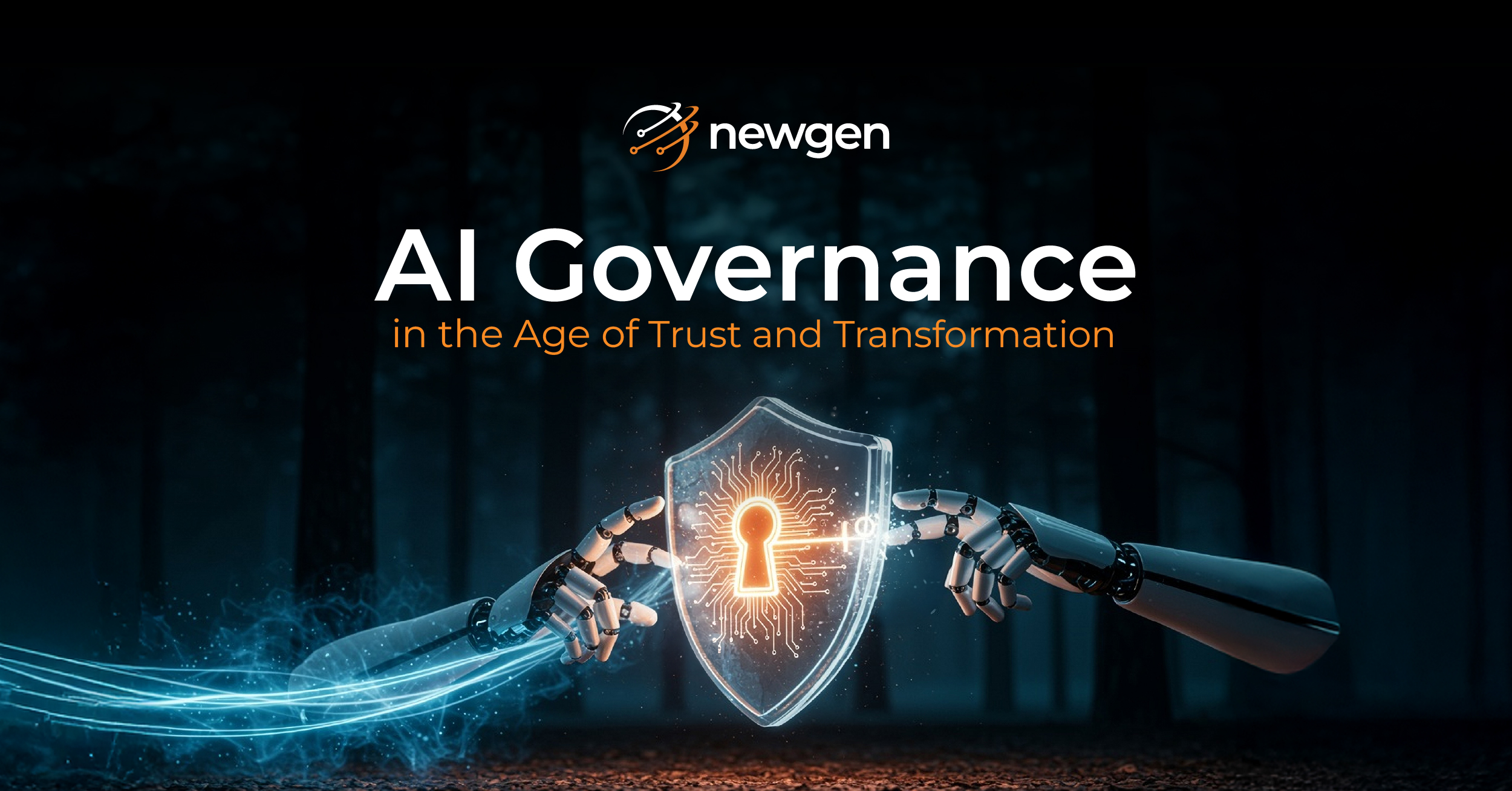Dear Health Plan,
I hear you. I know you’ve been there! You get a notification about a member’s appeal. That sinking feeling sets in as you think of the manual data entry, verification checks, and lengthy department handoffs to come. As time ticks on, the reminder of someone awaiting a slow resolution grows stronger. Each week brings more emails, more papers, and a sense of being trapped in an endless cycle, weighed down by every passing moment.
The situation is tough because you know it’s not an isolated incident or an exception, it’s a repeating problem. A pattern that shouts—loud and clear, “We must do better.”
Well, you’re not alone. It’s a story that plays out often for health plans, like you, highlighting the pressing issues plaguing appeals and grievances (A&G) process.
In this blog, I will delve into the strategies for addressing and optimizing these challenges in your appeals and grievances process and make you move towards happy members. Happy Reading!
First Things First! Where’s the Gap? Identify the Core Issues
The truth is many health plans rely on manual processes and outdated systems while managing their appeals and grievances process. When the process is slow, it not only affects members but also compliance and trust. Delays, errors, and unhappy members stem from issues, such as broken processes, disconnected functions, and lack of real-time data tracking.
Symptoms Snapshot:
- Siloed Departments: Inefficient inter-departmental communication
- Manual Processes: Labor-intensive data entry and verification steps
- Outdated Reporting: Lack of real-time, comprehensive reporting tools
Now, the question is:
How do you effectively address these issues while managing your appeals and grievances process? How can you progress from the problems to implementing solutions?
Prescribing the Right Solution: An Ideal Appeals and Grievances Software
The good news is that technology can turn things around. But before you jump the gun,
remember that not all appeals and grievances software are equal.
Given below are the key considerations for you to choose the best-fit appeals and grievances software:
1. A Unified System for Capturing Information
Leverage intelligent automation to transform appeals and grievances process workflow, while minimizing manual tasks and improving overall efficiency. An ideal solution will automatically prioritize new cases from multiple sources and retrieve data from the core system. It will manage the entire process without any manual intervention, maximizing efficiency and accurate record-keeping.
Takeaway—look for : Intelligent process automation (BPM), correspondences management (CCM), document management (ECM), integrated RPA, and case management capabilities.
2. Compliance Adherence
An effective appeals and grievances software will embed compliance into every workflow. Choose a solution that offers real-time alerts and configurable rules to stay compliant. The solution will offer customized reporting capabilities to mitigate risks and adhere to compliance mandates from entities like CMS, Medicaid, and NCQA.
Takeaway—look for : Configurable business rules, intelligent automation, document processing, and real-time alerts capabilities.
3. Member Engagement and Real-time Reporting
Real-time alerts and appeal tracking enhance transparency. A dynamic, real-time reporting mechanism is crucial for audits by regulatory bodies, such as CMS and Medicaid.
Takeaway—look for : Timely alerts module and comprehensive reporting dashboards.
4. Cross-department Collaboration
You must ensure that the appeals and grievances software seamlessly integrate with other departments. An ideal solution offers a coherent view of members and providers, facilitating smooth collaboration. This comprehensive view empowers case workers to make real-time, well-informed decisions for quicker issue resolutions.
Takeaway—look for : Parallel processing capabilities to be able to assign tasks to multiple stakeholders, robust integration framework with other third-party systems
AI in Healthcare
Artificial intelligence holds immense potential as the future of healthcare, although its adoption is still in its infancy. Within the lifecycle of an appeal, there exist several stages where AI can be harnessed to significantly improve the efficiency of appeal processing. Two notable areas where AI can play a pivotal role are inventory prediction and assistive decision making.
Takeaway—look for : Integrated AI-based data models.
Forging a Healthier Path for Your Appeals and Grievances Process
Revamping your A&G processes isn’t just about pacifying members or avoiding regulatory issues. It’s about creating an efficient, transparent, and trusted system. Optimizing your A&G process promptly helps build trust among members, healthcare providers, and regulators. The objective is not just limited to staying compliant but being a step ahead of members’ expectations.
Read this detailed brochure to get a detailed overview of how Newgen can transform your process, resolve members’ grievances faster and empower you to stay compliant.
The Moral – A happy member is the best success story you can write!
You might be interested in





